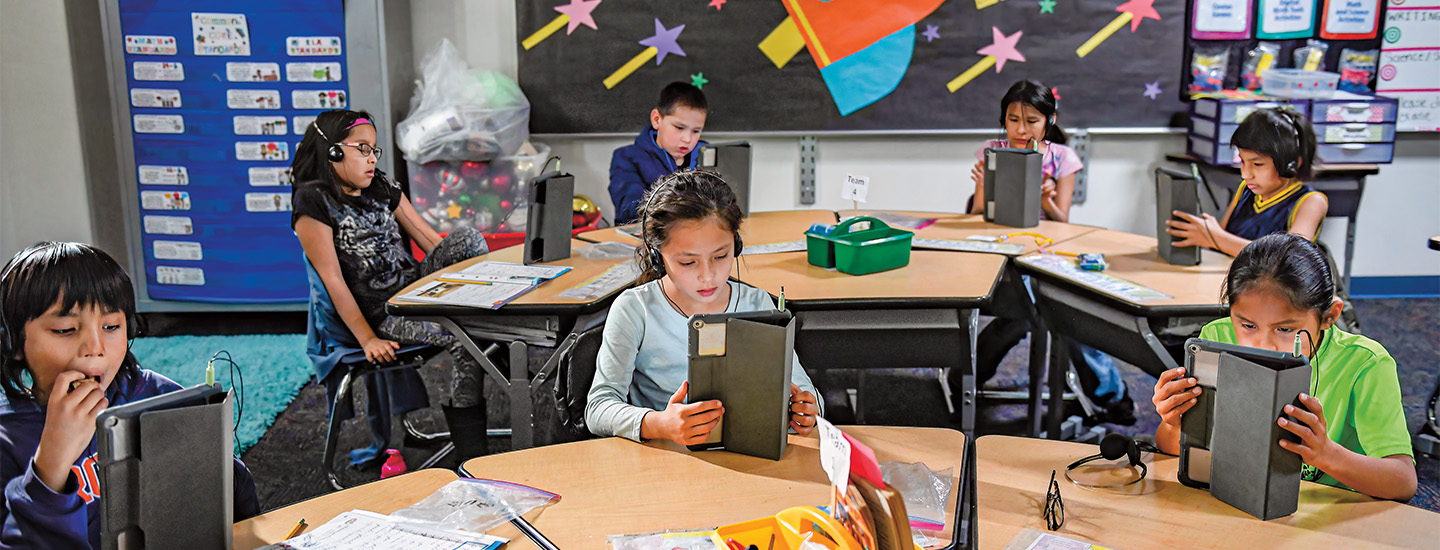When you hear the word endangered, what comes to mind? A tiger? An elephant? People often talk about animal species at risk of going extinct, but languages can be endangered too—and thousands of them are.
A language is considered endangered when most of its users speak and teach another language to their children in its place, according to Ethnologue. That is an organization that tracks languages. Of the world’s estimated 7,100 languages, nearly half are endangered. What’s more, linguists predict that up to 90 percent of languages today could disappear by the end of this century.
One of the biggest threats to language is globalization. As world governments become increasingly interconnected, languages that are used by the wealthiest and most powerful countries—such as English and Mandarin—are becoming more dominant in business and the media.
Colonization has also endangered many languages and made others extinct. Throughout history, settlers have descended on faraway lands and forced the people they encountered to adopt their languages and customs.
When you hear the word endangered, what comes to mind? A tiger? An elephant? People often talk about animal species at risk of going extinct. But languages can be endangered too. And thousands of them are.
A language is considered endangered when most of its users speak and teach another language to their children in its place, according to Ethnologue. That is an organization that tracks languages. Of the world’s estimated 7,100 languages, nearly half are endangered. And linguists predict that up to 90 percent of languages today could disappear by the end of this century.
One of the biggest threats to language is globalization. World governments are becoming increasingly interconnected. Languages such as English and Mandarin are used by the wealthiest and most powerful countries. So those languages are becoming more dominant in business and the media.
Colonization has also endangered many languages and made others extinct. Throughout history, settlers have moved to faraway lands and forced the people they encountered there to adopt their languages and customs.

